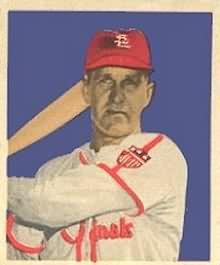Houston Chronicle funnyboy Ken Hoffman
reports today that sculptor David Adickes’ 36-foot-tall rendering of the Beatles will soon be on display outside Adickes’ studio near Interstate 10 before being hauled to a spot farther west off the freeway for a more permanent situating.
Adickes, of course, is the longtime bane of Inner Loop art snobs who
mock and belittle his outsized, cartoonish works.* His pieces are big and angular and (mock-?)heroic, untainted by self-conscious notions of artiness or even tradition, unless you consider (and we do)
Jack Kirby’s muscular stylings in the Marvel Comics of the early 1960s an antecedent. They're sort of the sculptural equivalents of comfort food. At least that’s the way we feel---full---when we head up to the ancestral hunting grounds in East Texas and are greeted by Adickes’
giant Sam Houston.
Yet even the non-artsy types among us must wonder exactly what the Beatles have to do with Houston.
Well, for starters there is the pervasive influence the Fab Four had on the hair styles affected by many if not most of the city’s young white and Hispanic males (and even some African Americans with that “fine” hair)** during the years 1964 through, say, about 1979. And, more importantly, there’s the widespread musical influence the Beatles exerted on the young Houstonians who turned out to be some of Our Town’s
finest and truest cultural ambassadors. Without the Beatles, these young guitar strummers never would have combed their hair down over the foreheads, learned a half-dozen chords and managed to snare less than lucrative recording contracts to turn out 45s and LPs now
highly valued in the secondary market.
But we’ve discovered another and more profound connection, one that was revealed to us in an interview with Ringo Starr that appeared recently in the 40th anniversary edition of
Rolling Stone. The Q&A included this exchange, in which the questioner is following up on Ringo’s earlier declaration that coming to the U.S. in ’64 was “the biggest thing for me”---bigger, if we’re reading Ringo right, than the ’67 release of
Sgt. Pepper’s, which nearly killed off rock ’n’ roll with its self-conscious notions of artiness and tradition. Ringo, it appears, was among the many young people in post-war Europe who harbored overly romantic notions about the U.S.:
RS: Why was coming to American the biggest thing for you?
Ringo: All the music we were interested in came out of America. Even before the Beatles, I was a huge blues fan---Lightnin’ Hopkins was my hero. He was out of Houston, and I was trying to emigrate to Houston to get a factory job, because I was working in a factory [in Liverpool] …
Ah, think of the turns history might have taken. They can debate all day whether Houston is an
Emerging Paradigm of Opprtunity Urbanism or just one big stinkin' hazard to your mortal health, but they can’t take this away: Ringo Starr almost moved here to work in a factory!
Well, that’s what he said.
* We’ve always wondered whether Adickes has considered turning out giant bobbing-head statuary. This might present some mechanical and liability obstacles, but nothing that Adickes couldn’t overcome. After all, this is Houston: We think big!
**Slampo's Place: Always inclusive, yet still against "comprehenisve" immigration reform.

